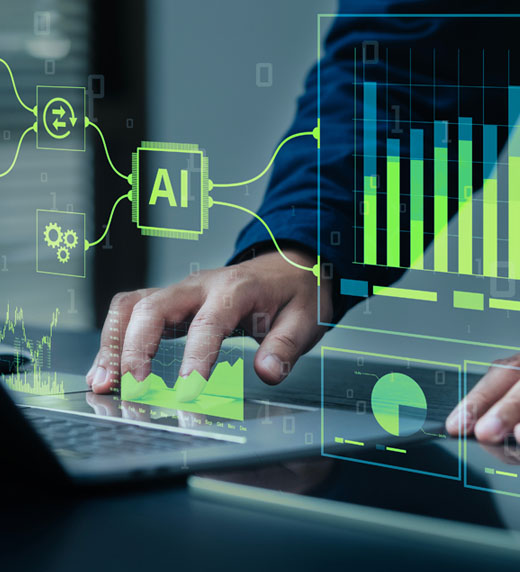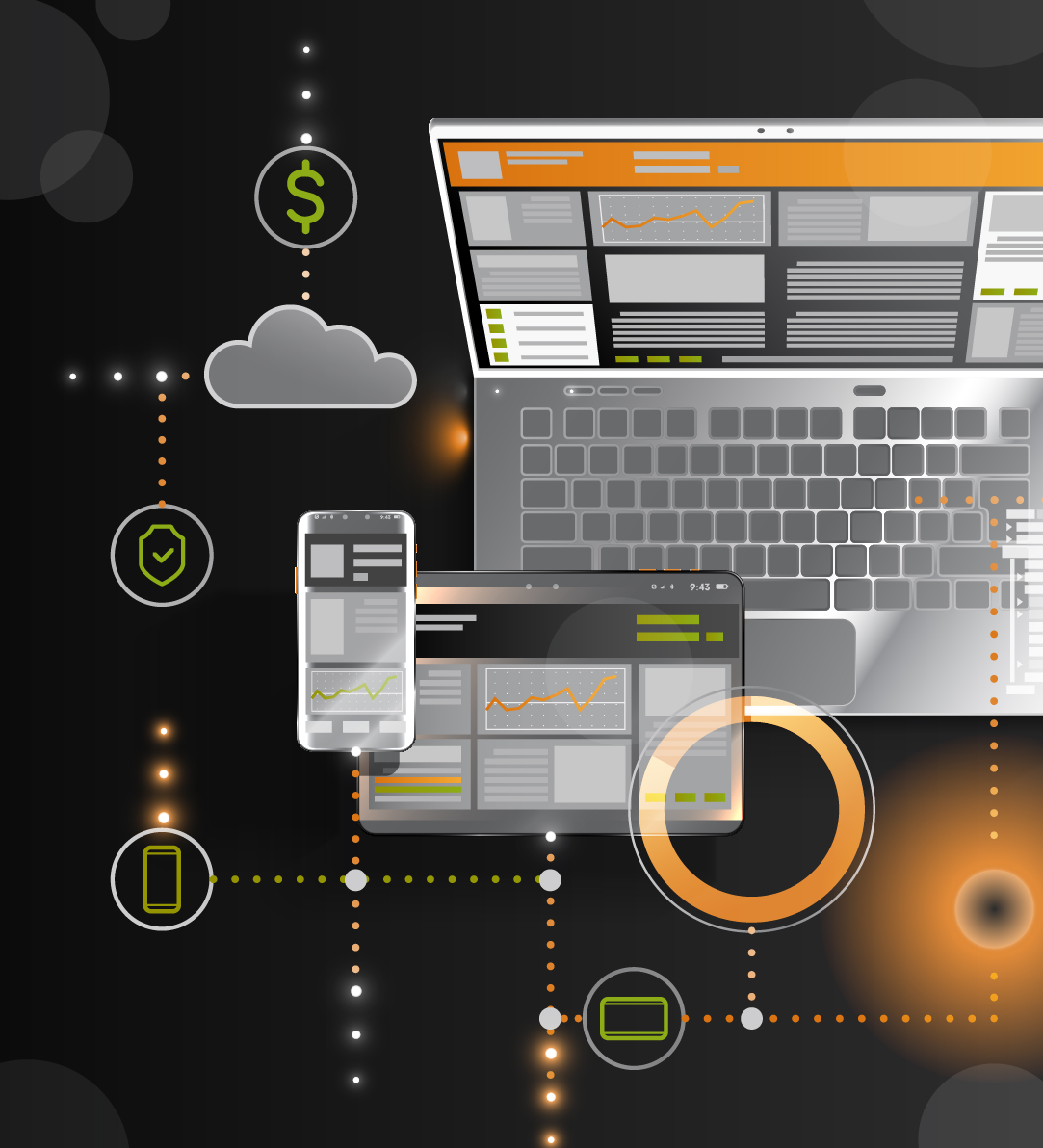
Microsoft Dynamics GP has been a reliable cornerstone for businesses for over two decades. However, with recent announcements from Microsoft, it's crucial for finance leaders to consider transitioning to a modern cloud-based ERP solutions like Dynamics 365 Business Central (D365 BC) or Sage Intacct before Dynamics GP sunsets. The article will guide you through the important considerations and steps for transitioning to a new system.
The thought of upgrading to a new system can be overwhelming. However, it’s important to consider the risks of sticking with an outdated enterprise resource planning (ERP) solution: Disconnected systems. Siloed, error-prone data. Security vulnerabilities. Manual workarounds. The complexity of making your on-premise ERP work “for now” may be costing you more than you think.
What happens if your Dynamics GP database, the heart of your operations, becomes corrupted and severely compromises your access to critical business data? An unexpected update could take down your entire accounting system for an extended time, causing you to lose thousands or even millions of dollars when you can’t process orders. Operating your business on Dynamics GP can be risky due to the limited support and potential lack of updates or enhancements.
Though GP may work well for you today, will that be true next year and beyond? Dynamics GP has been on the market since 1993, which will make partner and vendor support harder to find as Microsoft phases out the product. And once Modern Lifecycle support ends, the risks of continuing to use Dynamics GP will soar.
Using an outdated, unsupported ERP system can delay your response to disasters, and you may have limited or no access to technical support if you need to resolve significant issues. Even if you can find the level of support you need, the long-term investment could cost more than moving to a modern, cloud accounting software system — and it’s ultimately just an expensive bandaid to delay an inevitable transition.
Microsoft has officially announced the end-of-life timeline for Dynamics GP, providing a clear window for organizations to prepare:
These dates mark the end of full functionality and support, making it essential for businesses still using Dynamics GP to begin evaluating their next steps.
Continuing to use a legacy ERP can also pose a risk if you anticipate a leadership change or if you’re considering a merger or acquisition. Imagine trying to sell your business while using outdated and unsupported technology. Potential buyers and investors will not view this situation positively, potentially leading to a loss of interest or lower business valuation. A healthy business requires a modern, supported ERP solution to complete a successful transition and maximize the potential transaction value.
Though Dynamics GP is a reliable tool, it has limitations, especially regarding cybersecurity. A true cloud ERP solution is more secure than a cloud-hosted or on-premise solution. When ERP applications are in the cloud, you gain real-time support for security updates, including vulnerability patches that reduce data and systems exploitation risk.
Third-party add-ons are often incorporated into Dynamics GP to extend its functionality due to the software's lack of advanced security features found in modern cloud solutions. These add-ons leave you vulnerable to cyber threats. And with the rise of cyberattacks and data breaches, it’s crucial that you prioritize cybersecurity. Yet how much of your budget is going toward ongoing cybersecurity hardening and improvement around your Dynamics GP environment? For most businesses, the answer is little to none.
Microsoft and other leading ERP providers are investing millions of dollars in cybersecurity protections. By moving to a cloud-based ERP, you’ll likely benefit from much stronger security than what a typical on-premise system can provide — and you won’t have to worry about routine maintenance. Switching also saves on infrastructure expenses related to hardware and server maintenance.
It’s important to identify if GP can keep up with the demands of your evolving business. The honest answer is probably not. The cost of ownership and the complexity of managing the Dynamics GP environment is only increasing, and many organizations are living through those limitations.
Is your environment heavily customized? If you have a labyrinth of add-ons and plug-ins Frankensteined together to help Dynamics GP meet your needs, consider if the costs and complexity are worth it. Typically, it makes more sense to upgrade your back-end accounting and stop the workarounds.
Moving to a true cloud solution means your organization is no longer constrained by an ERP you’ve outgrown. Instead, you can access a more flexible and scalable solution that adapts to your changing needs. Explore ERPs with advanced automation and workflow capabilities that better fill your process gaps.
The pool of workforce talent that knows Dynamics GP will continue to shrink. And with its outdated user interface and limited integration capabilities, GP can seem cumbersome and frustrating for new staff training on it, who are probably used to more intuitive solutions. As generations continue to enter the workforce, they are even less likely to have experience with legacy ERP technologies like GP and may be less willing to work with its limitations.
Also, consider the impact of virtualization on employee access needs. With the significant shift to remote work, your staff must access the tools required to do their jobs from anywhere, anytime. Because Dynamics GP has limited mobility and relies on remote desktop protocol and virtual private network connections, logging in away from the office can be a challenge. By moving to a cloud solution, you can provide your team with a modern, user-friendly ERP they can access on any device, from anywhere with an internet connection.
If you’re on the fence about upgrading your Dynamics GP, think about how it aligns with your existing business and what you need it to do as you continue to grow. Consider these four key questions as you evaluate your current system and consider your ERP migration path:
Don’t let a legacy solution become your legacy. Letting go of your longstanding ERP and migrating to a new solution is a big decision, and taking the leap can seem overwhelming. But making the switch sooner rather than later is crucial to keep you in control of your transition.
Before you jump ahead and purchase a new ERP, evaluate solutions that will improve your team’s efficiency and capabilities and boost your cybersecurity posture. Transitioning from Dynamics GP to a true cloud ERP solution can transform your operations through automation, end-to-end data visibility and greater security.
Choosing and implementing a new ERP system is significant, but you don’t have to navigate the switch alone. The right guidance can help you turn your Dynamics GP migration into a catalyst for growth. Download our ERP Selection Guide and learn how our award-winning business application ERP consultants can help you evaluate your requirements, avoid common pitfalls and plan the most efficient transition.


